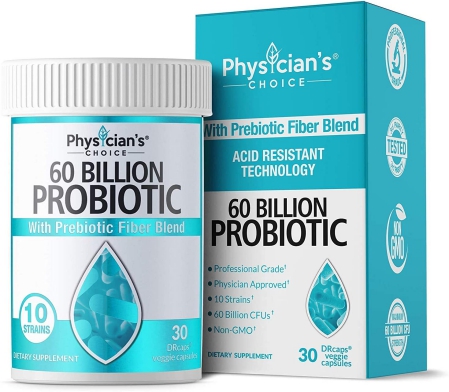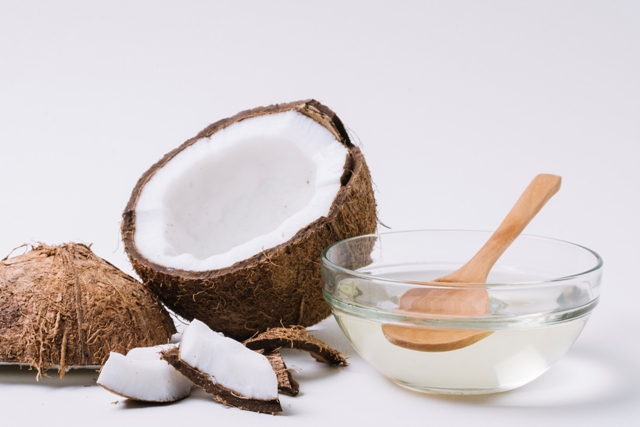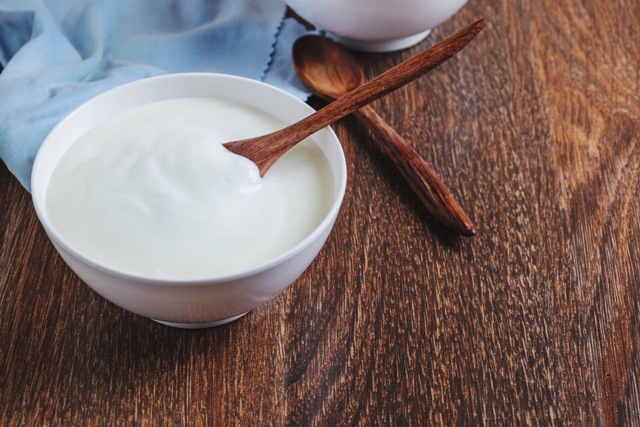Natto is a fermented product of soybean with great nutritional value. It is a famous traditional Japanese food basically rich in Vitamin K, nattokinase, probiotics and fibres and extensively used for promoting cardiac as well as digestive health.
Characteristics
- It has a pungent smell with gooey and sticky texture
- It has good taste as well
- It is considered as an easily digestible food stuff
Nutritional overview
- It contains fewer amounts of carbohydrates but it contains desirable amount of fibres
- It is a rich source of protein. It contains about 18 amino acids (out of 20 amino acids)
- It contains lesser amount of fat as well. It contains both saturated and unsaturated fat but it is totally free from cholesterol
- It contains numerous micronutrients, which include Vitamin K, Vitamin C, Vitamin E, Vitamin B2, Vitamin B6, calcium, potassium, magnesium, selenium, iron and zinc
- It contains living microorganism thus it acts as an effective probiotic
- During fermentation process of natto various compounds are synthesized, which offer numerous health benefits, these compounds include nattokinase, dipicolinic acid etc

Preparation of Natto
Below steps will discuss the procedure of preparing natto –

- It is better to choose small seeded soybean for preparing natto
- The beans should be washed properly and should be soaked overnight
- Then they should be steamed for at least half an hour
- The water should be drained then and the beans should be subjected for cooling
- After that the treated beans should be inoculated with the suspension of Bacillus subtilis and should be incubated for 20 to 30 hours at 37°C to 40°C
- Fermentation occurred and finally natto is prepared
Health benefits
-
Role on immunity
- It helps in strengthening the immune system and consequently reduces the susceptibility of developing diseases by enhancing body’s resistant power
- It contains saponin, which is an important part of WBC hence its consumption is very much effective for enhancing the functionality of WBC, which helps to make the immune system more active
-
Role on digestive health
- It is considered as a good source of fibre as well as probiotic thus its consumption is exceptionally helpful for promoting gastrointestinal health
- It contains living microorganism (Bacillus subtilis), which plays imperative role in improving gut health as it is associated with enhancing the load of gastrointestinal beneficial microbes in gut
- It is also related with fighting off bad intestinal microbes and helps to make the body healthy
- It helps to promote digestion and absorption of nutrients as well
- Its fibre content is responsible for enhancing bowel movement hence improves regularity and prevents constipation
- It also helps to improve colonic health and decreases the risk of developing diverticular disease and ulcerative colitis

-
Role on hormonal effect
- Isoflavone is an important flavonoid present in natto has similar functionality with estrogen hormone
- Women after menopause or those women who have estrogen deficiency should consume natto as it has estrogen like effects and also helps to regulate the release of hormone
- It can easily subsided the deficiency disorders of estrogen and promotes women health
-
Role on detoxification
- It helps to reduce the concentration of toxins within blood
- Its polyglutamic acid content is responsible for stimulating the removal of waste products from body hence promotes wellbeing
-
Antimicrobial activity
- It has strong antibacterial activities and widely used for treating various bacterial infectious diseases
- Dipicolinic acid is an important component present in natto, which is mainly produced by the natto bacteria during fermentation process, is considered as the principle compound exerting antimicrobial effects. It helps to prevent the growth and reproduction of microbes within host
- It has seen that dipicolinic acid is very effective against certain type of bacteria, which include Penicillium spp, Escherichia O-157, Aspergillus oryzae, pathogenic colon bacillus and yeast


-
Role on skin
- It contains significant amount of Vitamin E, which acts as potent antioxidant and helps to protect the skin from oxidative damages
- It helps to prevent ageing as well
- It is a good source of lecithin, which act as an important natural softening, smoothing and conditioning agent for skin that helps to make the skin looking healthy, bright and young
-
Role on hair and nails
- Vitamin B2 (riboflavin) content of natto helps in regenerating those cells, which are essentially required for the growth of healthy nails and hair
-
Role on skeletal system
- Natto is considered as a good source of Vitamin K that plays important role in synthesizing osteocalcin (a protein), which is essentially required for bone formation
- Its consumption is extremely useful for strengthening bones as well as for enhancing bone mineral density
- It also helps to prevent leaching of calcium from bones

-
Other health benefits
- Nattokinase component of natto plays significant role in inhibiting the formations of blood clot among those individual who suffer from DVT (deep vein thrombosis)
- It is also used as an effective therapeutic agent for preventing hemorrhoid
- It helps to prevent fibromyalgia as well
Therapeutic advantages
- It contains significant amount of fibre as well as Vitamin K, which play significant role in promoting cardiac health and functionality
- It helps to prevent atherosclerosis hence reduces the risk of developing ischemic heart disease
- It also plays significant role in reducing angina
- It helps to prevent varicose veins as well
- It is very effective for treating peripheral artery disease
- Its consumption significantly reduces the risk of strokes and heart attacks
- It helps to promote blood circulation and also associated with reducing hypertension
- Its fibre and nattokinase components are accountable for lowering the concentration of LDL, VLDL and triglyceride in blood. Consumption of natto along with yeast is a great choice for maintaining a healthy lipid profile
Tips of adding Natto easily in diet
It is a supper nutritious food and should be consumed for obtaining a better digestive health. It can be utilized in several ways. Below points will discuss about some easy ways of adding it in regular diet –

- It can be added with salads before consumption
- It can be used while preparing fried rice and addition of soy sauce within it enhances its taste in many folds
- It can be spread on toast before consumption
- It can be used as a stuffing agent of sandwich
- It can be added on pasta or noodles before consumption
- It can also be added with various other ingredients like rice, tuna fish, hot mustard, mushroom etc for preparing dishes
General considerations of using Natto
- While consuming natto, it should be kept in mind that nattokinase present in natto acts as a blood thinner so its excessive consumption may worse bleeding disorders
- Nattokinase present in natto is also responsible for increases the risk of bleeding during or after surgery and it also interferes with the controlling of blood pressure during surgery hence it is better to avoid its consumption at least two weeks before scheduled surgery
- Individual suffer from hypotension should avoid the consumption of natto
- It is also considered as goitrogen hence individual who have thyroid disorders should avoid its consumption

Source:
Chen, H., McGowan, E.M., Ren, N., Lal, S., Nassif, N., Shad-Kaneez, F., Qu, X. and Lin, Y., 2018. Nattokinase: a promising alternative in prevention and treatment of cardiovascular diseases. Biomarker insights, 13, p.1177271918785130.
Kojima, A., Ikehara, S., Kamiya, K., Kajita, E., Sato, Y., Kouda, K., Tamaki, J., Kagamimori, S. and Iki, M., 2020. Natto intake is inversely associated with osteoporotic fracture risk in postmenopausal Japanese women. The Journal of Nutrition, 150(3), pp.599-605.
Nagai, T. and Tamang, J., 2015. Health benefits of Natto. Health Benefits of Fermented Foods, ed. JP Tamang (New York, NY: CRC Press), pp.433-453.
Nagata, C., Wada, K., Tamura, T., Konishi, K., Goto, Y., Koda, S., Kawachi, T., Tsuji, M. and Nakamura, K., 2017. Dietary soy and natto intake and cardiovascular disease mortality in Japanese adults: the Takayama study. The American journal of clinical nutrition, 105(2), pp.426-431.
Qin, D., Hara, Y., Raboy, V. and Saneoka, H., 2020. Characteristics and Quality of Japanese Traditional Fermented Soybean (Natto) from a Low-phytate Line. Plant Foods for Human Nutrition, 75(4), pp.651-655.
Rona, Z.P., Natto.
Tester, J., 2017. Natto intake and reduced CVD mortality. Australian Journal of Herbal Medicine, 29(2), pp.77-79.






